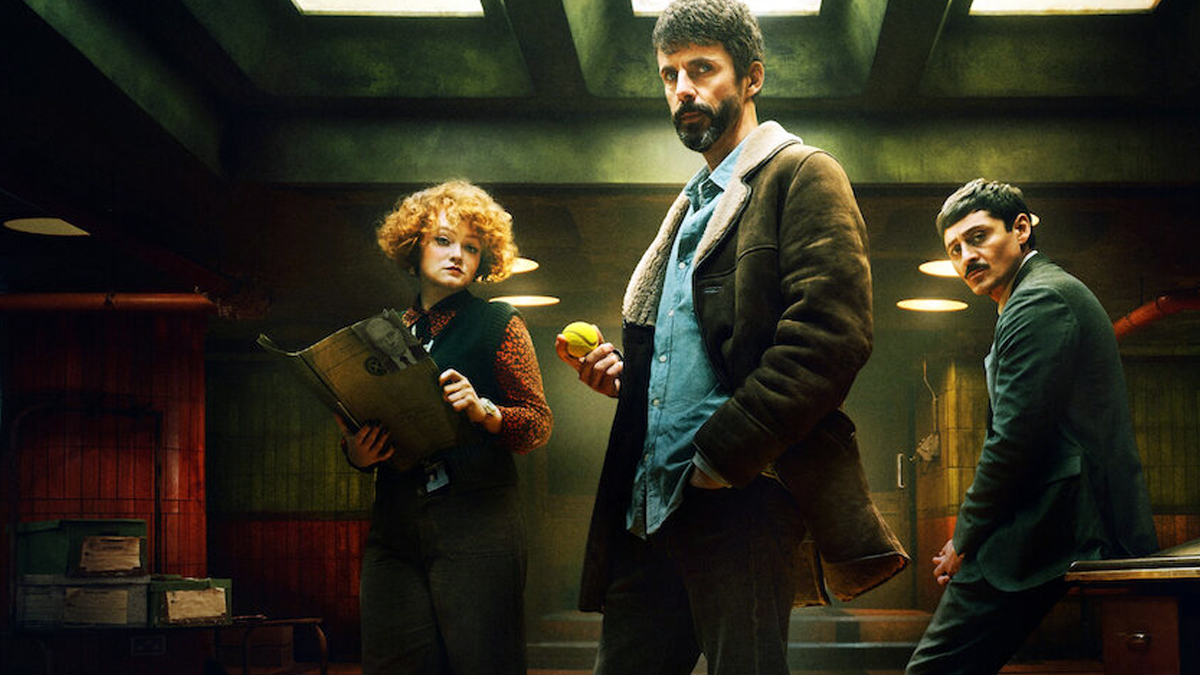The Evil Gene – When Darkness Is Written in Blood
The Evil Gene is a chilling psychological horror film directed by Kathryn F. Taylor, exploring the terrifying question of whether evil can truly be inherited. Set inside a high security federal research prison, the story follows FBI agent Griff Krenshaw, a man tasked with investigating a brutal murder within a facility unlike any other. The prisoners confined here all share a rare genetic marker, referred to as HSS282, believed to predispose them to uncontrollable psychosis and violent impulses. What begins as a routine investigation quickly spirals into something far darker.
As Krenshaw delves deeper into the case, he uncovers a web of fear and paranoia that seeps through the prison walls. Dr. Dana Ehrhart, the lead geneticist on site, explains the program’s purpose to study the so called “evil gene,” but Krenshaw suspects there is more at play than science. Inmates report hallucinations, whispers in the dark, and a growing sense of being manipulated by an unseen force. Each discovery pulls him closer to the unsettling truth that the gene itself may not be the only source of terror, and that something beyond biology might be orchestrating the madness.
The film balances its central mystery with an oppressive atmosphere, where every flickering light and echoing corridor amplifies the feeling of dread. Its tension builds not through constant action, but through the gradual unraveling of reality, leaving audiences to question whether the evil resides in the DNA of the prisoners, the minds of the scientists, or somewhere much more sinister.
While The Evil Gene divided critics, many praised its chilling concept and slow burning suspense, even as others felt its pacing and character depth could have been stronger. Regardless, the film lingers because of its haunting central theme: the fear that our darkest instincts are not learned but born, and that the monsters we fear most might already live within us.


